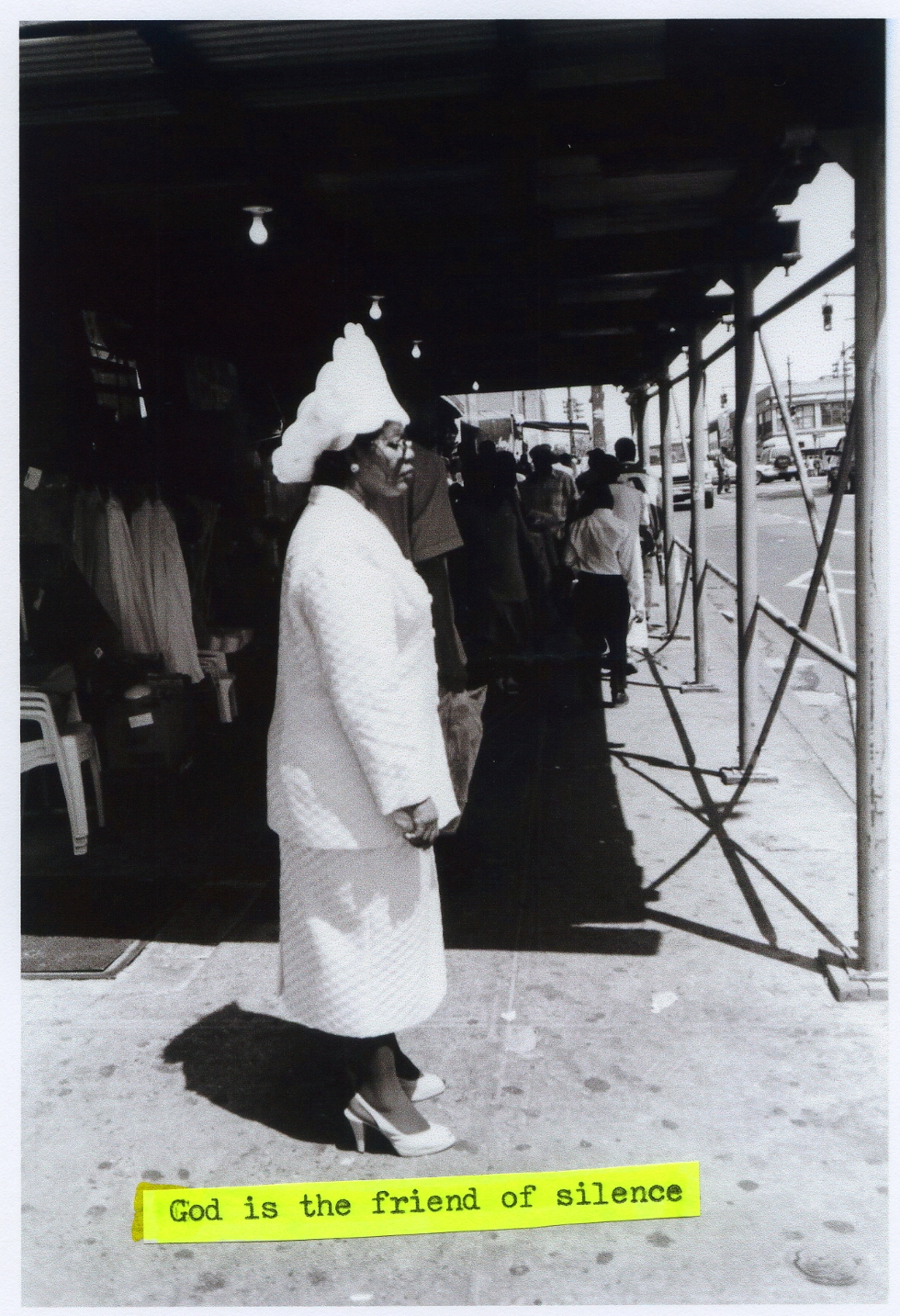
When discussing religion, today it is quite common (perhaps cliché) to hear people say, “Well, I’m not religious, but I’m spiritual.” Even in churches it is not uncommon to hear something along the lines of, “I don’t believe in religion, but I believe in a relationship with God.” A favorite at the church of my youth was, “I’m not religious, but I love the Lord!” Numerous scholars and journalists have directed energies to analyzing this phenomenon. One of the more popular interpretations attributes the emphasis on personal spirituality to novelty in the contemporary historical moment. In this view, younger generations are seen to display an increasing skepticism towards organized religion, even as they embrace an ethic of personal choice in the face of a global cultural marketplace.
In contrast, others have persuasively linked this novel neoliberal spiritual impulse to a long tradition of religious liberalism. For instance, Leigh Schmidt has argued that liberalism, more generally, “was always as much a religious vision of emancipated souls as a political theory of individual rights… For religious liberals, unlike their secular cousins, a deepened and diversified spirituality was part of modernity’s promise.”
Alongside of the grand narrative of religious liberalism that has helped to produce the personal vision of spirituality so popular today, there is a vibrant tradition of African American cultural expression that has cultivated a similar concern with spirituality. In the poetry, prose, performances, visual culture and criticism that comprise this history, one can readily observe what might be called a grammar of spirit (i.e. spirit, spiritual, spirituality). That is, black artists and intellectuals—men and women, alike—have persistently engaged in spirit-talk.
Obviously, it is impossible to cover the entirety of this story of spirit-talk. So, perhaps it is most productive to center my gaze on the most chronicled moment in this longer narrative; namely, the apex of the New Negro movement, aka the Harlem Renaissance, in the 1920s.
Early accounts of the Harlem Renaissance have framed this moment as an aesthetic intervention in race politics; an attempt at “civil rights by copyright,” according to the historian David Levering Lewis. At the center of such efforts were leading civil rights organizations in the liberal tradition of interracial activism, like the National Association for the Advancement of Colored People (NAACP) and the National Urban League. The artistic energies of the two organizations were guided by, amongst others, two now familiar figures: W.E.B Du Bois and Alaine Locke, respectively. Du Bois, the first African American to receive a Ph.D. from Harvard, worked closely with Jessie Redmon Fauset in editing the NAACP’s Crisis. Alain Locke, the first black Rhodes scholar, received his PhD in Philosophy from Harvard in 1918. He played a role similar to that of Dubois; but he did so for Charles S. Johnson at the Urban League, helping to edit Opportunity and oversee its literary competitions. While they represented competing aesthetic positions and institutional interests, together Dubois and Locke had a hand in the publishing careers of most of Harlem’s literati; including the likes of Countee Cullen, Langston Hughes, Zora Neale Hurston, Nella Larsen, Claude McKay—the list goes on.
Perhaps appropriate to their educational pedigree, both Locke and Dubois cast their lots with science and reason. Still, even as men clearly on the side of “modernity,” much can be said of the import of religion to their aesthetic and political visions. One thinks of Herbert Aptheker’s collection, Prayers for Dark People, which includes a range of prayers written by Dubois over the course of his life. And there is Locke’s longstanding relationship with the American Bahai community, which included writing for its publications and advising its racial amity committees. More apropos for my purposes here is that both men also contributed much to what I have previously named as a grammar of spirit, especially as they theorized the aesthetics of the New Negro movement.
Page 1 of 3 | Next page